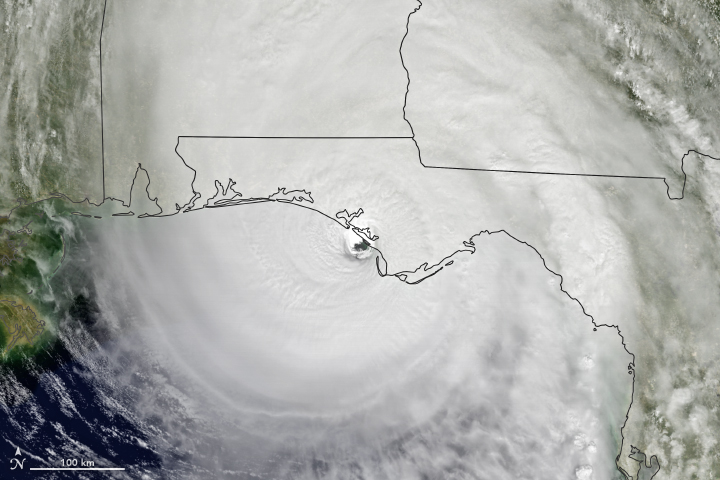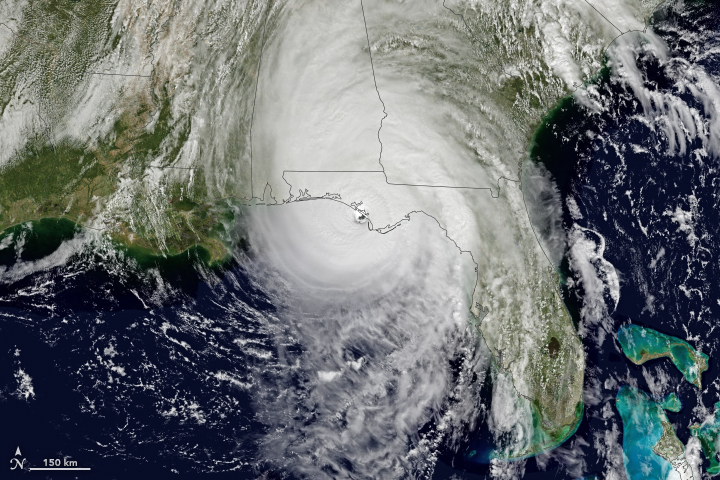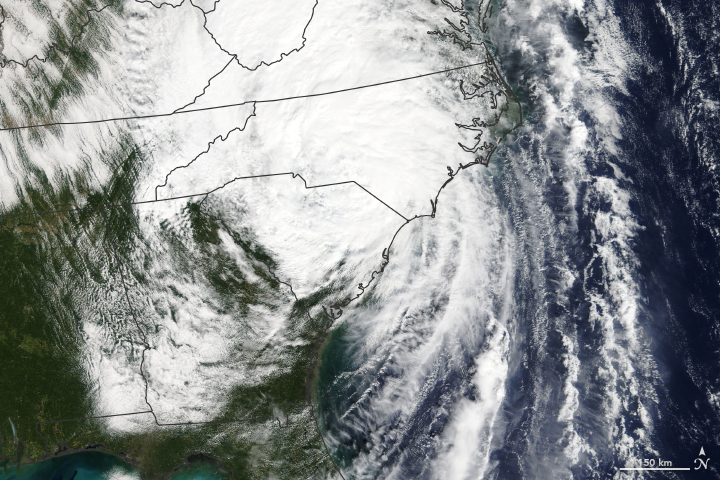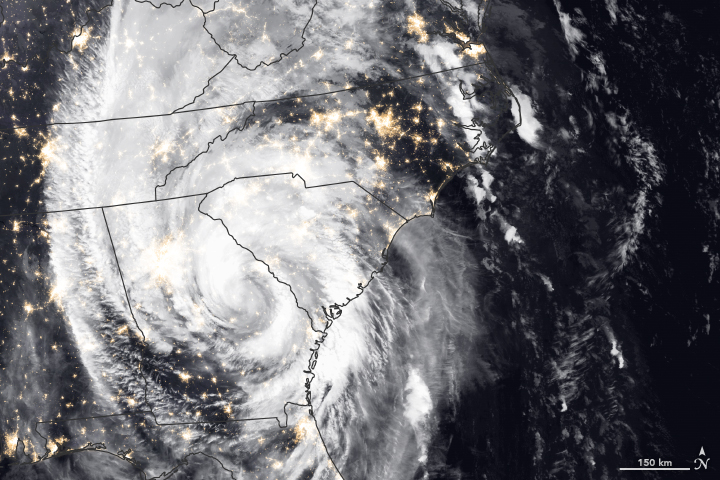Archive for October, 2018
Hurricane Leslie swept into the centre and north of Portugal leaving 15 000 homes without power.
Sunday, October 14th, 2018https://www.youtube.com/watch?v=WI_NOH0j9Bs
Mexico Beach reduced to rubble in the aftermath of Michael
Saturday, October 13th, 2018“……..Mr. Foster, 60, and his 99-year-old mother had no car, no electricity. The food had spoiled in his refrigerator. The storm had ripped off large sections of his roof. He had no working plumbing to flush with. No water to drink. And as of Friday afternoon, he had seen no sign of government help……This was the problem that government officials were racing to solve on Friday, as desperation grew in and around Panama City under a burning sun. Long lines formed for gas and food, and across the battered coastline, those who were poor, trapped and isolated sent out pleas for help……”
With 11 new Ebola cases confirmed yesterday and today, the Democratic Republic of Congo’s Ebola outbreak total climbed to 205 cases
Saturday, October 13th, 2018Ebola virus disease – Democratic Republic of the Congo
The response to the Ebola virus disease (EVD) outbreak in the Democratic Republic of the Congo is becoming increasingly undermined by security challenges in at-risk areas, particularly Beni. These incidents severely impact both civilians and frontline workers, forcing suspension of EVD response activities and increasing the risk that the virus will continue to spread. WHO continues to distinguish between the incidents of conflict between rebel and government forces, and pockets of community push-back on the response. A recent increase in the incidence of new cases (Figure 1) is the result of the multitude of challenges faced by response teams. This also reflects improved active surveillance and reporting from the community.
Since the last Disease Outbreak News (data as of 2 October), 29 new confirmed EVD cases were reported: 23 from Beni, four from Butembo, one from Mabalako, and one from Masereka Health Zones in North Kivu Province. Fifteen of these confirmed cases have been linked to known cases or were linked retrospectively through case to transmission chains within the respective communities, while fourteen recently reported cases remain under investigation.
As of 9 October 2018, a total of 194 EVD cases (159 confirmed and 35 probable), including 122 deaths (87 confirmed and 35 probable)1, have been reported in seven health zones in North Kivu Province (Beni, Butembo, Kalunguta, Mabalako, Masereka, Musienene and Oicha), and three health zones in Ituri Province (Mandima, Komanda and Tchomia) (Figure 1). An overall increasing trend in weekly case incidence is seen (Figure 2); however, these rising trends are likely underestimated given expected delays in case reporting, the ongoing detection of sporadic cases, and security concerns which limit contact tracing and investigation of alerts. Of the 194 confirmed and probable cases for whom age and sex information is known, the majority (64%) are within 15-44 years age range. Females (55%) accounted for a greater proportion of cases (Figure 3). Since the last Disease Outbreak News update, one new health care worker infection was reported, bringing the cumulative case count to 20 (19 confirmed and one probable), of whom three have died.
The MoH, WHO and partners continue to closely monitor and investigate all alerts in affected areas, in other provinces in the Democratic Republic of the Congo, and in neighbouring countries. As of 9 October, 25 suspected cases in the Democratic Republic of the Congo are awaiting laboratory testing. Since 4 October, alerts have been investigated in several provinces of the Democratic Republic of the Congo, as well as in neighbouring countries. To date, EVD has been ruled out in all alerts from neighbouring provinces and countries.
Figure 1: Confirmed and probable Ebola virus disease cases by health zone in North Kivu and Ituri provinces, Democratic Republic of the Congo, data as of 9 October 2018 (n=194)
10/12/2002: 3 bombings shatter the peace in Kuta, Bali leaving 202 dead and more than 200 others injured
Friday, October 12th, 201810/12/2000: A motorized rubber dinghy loaded with explosives blows a 40-by-40-foot hole in the port side of the USS Cole, a U.S. Navy destroyer that was refueling at Aden, Yemen.
Friday, October 12th, 201810/12/1918: A massive forest fire rages through Minnesota, killing hundreds of people and leaving thousands homeless.
Friday, October 12th, 2018Monterrey, Mexico: A shopping mall under construction collapsed Thursday, killing at least 7 and leaving another 9 missing
Friday, October 12th, 2018NASA: Florida Slammed by Hurricane Michael
Friday, October 12th, 2018
At approximately 1:30 p.m. Eastern Daylight Time (17:30 Universal Time) on October 10, 2018, Hurricane Michael made landfall near Mexico Beach, Florida. Wind speeds were estimated to be 155 miles (250 kilometers) per hour, which would make the category 4 hurricane the strongest on record to hit the Florida Panhandle. The storm has already destroyed homes and knocked out electric power in the area. Forecasters expect Michael to bring heavy winds and rain to the southeastern United States for several days.
The Geostationary Operational Environmental Satellite 16 (GOES-16) acquired data for the composite images above around 1 p.m. Eastern Time on October 10. GOES-16 data (band 2) were overlaid on a MODIS “blue marble.” GOES-16 is operated by the National Oceanic and Atmospheric Administration (NOAA); NASA helps develop and launch the GOES series of satellites.
The National Weather Service office in Tallahassee issued an extreme wind warning as the storm approached. Forecasters were expecting large storm surges—rising seawater that moves inland as it is pushed onshore by hurricane-force winds. The worst surges were expected to inundate areas between Tyndall Air Force Base and Keaton Beach with 9 to 14 feet of water on October 10.
As the storm moves inland, forecasters expect life-threatening winds to also affect parts of Alabama and Georgia. Areas as far as southeastern Virginia could see several inches over the next three days. North Carolina has declared a state of emergency as the storm forecast has it passing over areas that were affected by Hurricane Florence last month.
NASA Earth Observatory images by Joshua Stevens, using data from GOES-16. Story by Kasha Patel.
Hurricane Michael Reaches North Carolina
Friday, October 12th, 2018Since making landfall in Florida on October 10, 2018, Hurricane Michael has caused severe property damage and several deaths in Florida, Alabama, Georgia, South Carolina, and North Carolina. Forecasters expect the storm center will continue to track across North Carolina and Virginia, bringing the potential for life-threatening flash flooding. Michael should move into the western Atlantic Ocean by October 12.
The natural-color image above was taken on the morning of October 11, 2018, as the storm made its way into North Carolina. The image was acquired by the Moderate Resolution Imaging Spectroradiometer (MODIS) on NASA’s Terra satellite.
The category 4 hurricane weakened throughout October 10 and was downgraded to a tropical storm by October 11. The Visible Infrared Imaging Radiometer Suite (VIIRS) on the Suomi NPP satellite acquired data for the composite image below in the early morning hours of October 11, as the storm passed over Georgia and South Carolina. The false-color image shows infrared signals known as brightness temperature, which helps distinguish the shape and temperature of the clouds. The image was overlaid on data from the VIIRS “day-night band.”
According to news reports, the storm knocked out power to hundreds of thousands of homes and radio towers, making communication difficult. Water levels in several rivers in North Carolina and Virginia rose by several feet in a matter of hours and are expected to enter moderate to major flooding stages. The National Weather Service also warned about the potential for tornadoes in North Carolina and Virginia.
NASA Earth Observatory image by Joshua Stevens, using MODIS data from NASA EOSDIS/LANCE and GIBS/Worldview and VIIRS data from the Suomi National Polar-orbiting Partnership. Story by Kasha Patel.





